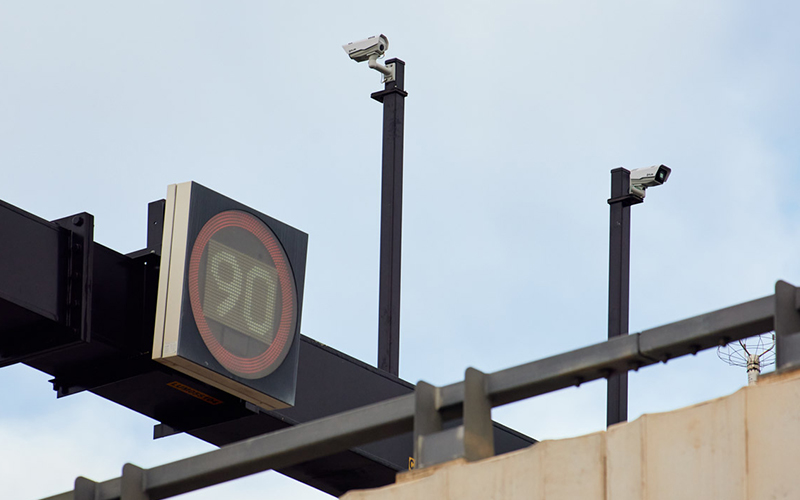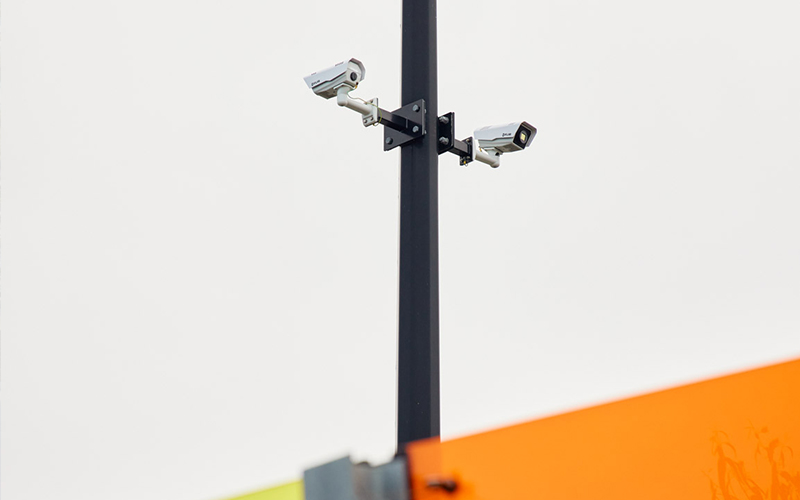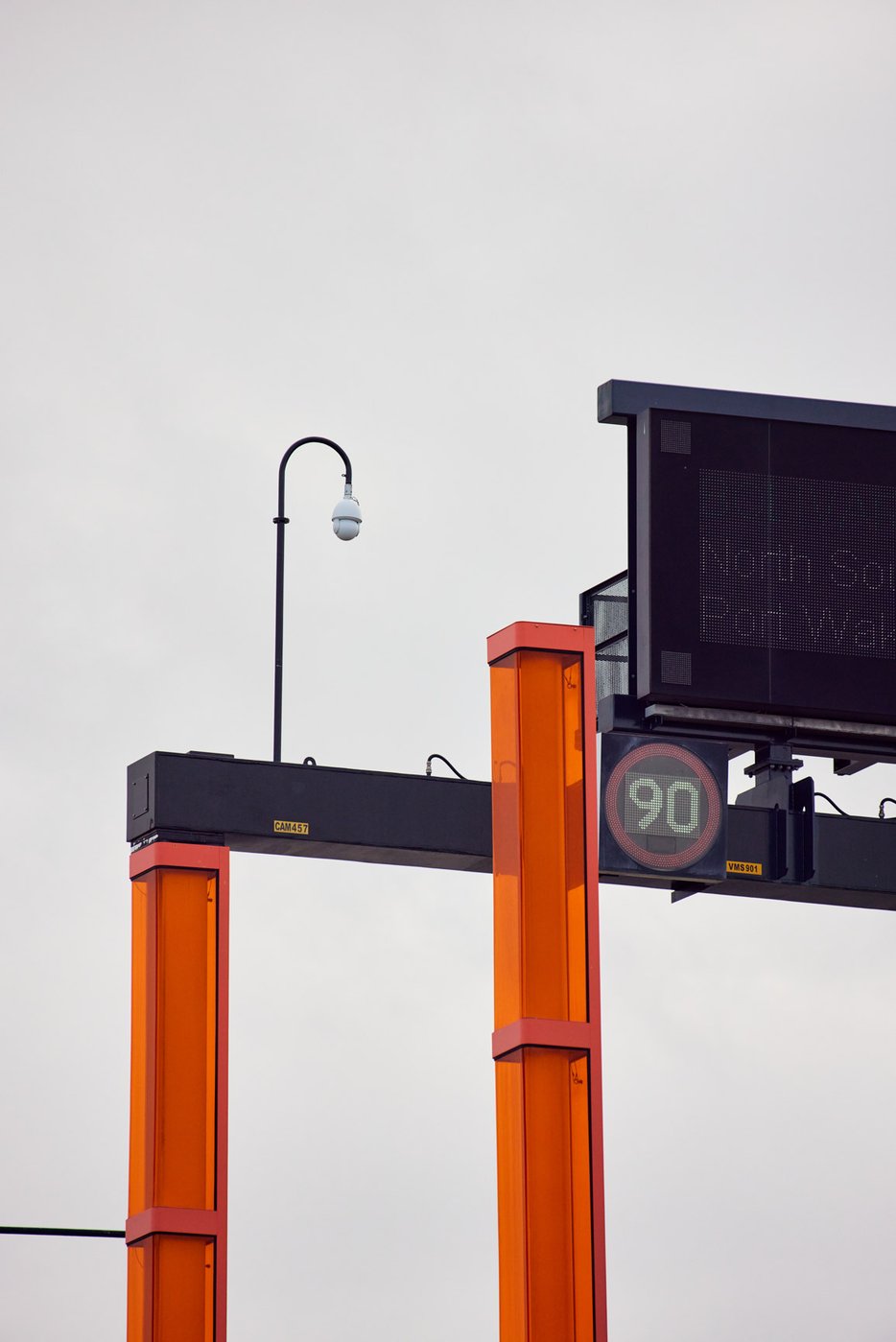The Urban Superway now has a future-proofed incident detection system in place, enabling a faster response in the event of an incident. SAGE delivered the project within 10 months from quote to completion.
Reduction in false alarms
Reducing false alarms reduces the fatigue of operators who must respond. The technological improvements and fine-tuning configuration functionality of TIDS cameras versus VID cameras enables TMC to monitor additional incident types. The incident detection system now reports detections
of fallen objects and inverse travel.
Future-proofed corridor
Expanded network infrastructure and segregated cameras network opens the opportunity for expansion and substitution of ageing ITS technology without compromising the effort already undertaken.
Highlights
Safety in design
All devices are extra-low voltage, and most of the network equipment is accessible via the viaduct versus the elevated motorway. This ensures maintenance can occur without closing lanes or the entire road without compromising the safety of maintenance personnel.
Physical limitations of conduit routes and technical limitations of CAT6 ethernet cables have meant that some equipment has been mounted in poles. However, by initiating a managed media converter solution, maintenance and network administrators can now interrogate the camera and remote power cycle before heading to site.

The Urban Superway ITS solution enhances safety for maintenance workers.
Seamless Integration
60 TIDS cameras were upgraded while the road and system remained live, maintaining the integrity of the detection system. All works delivered under live traffic conditions were performed outside of peak times, with the majority of the work completed at night.
Installation works were broken into two phases to ensure traffic disruption was minimised:
1. Cable hauling, and
2. Camera swap out.
All new camera equipment was installed in new enclosures to segregate the upgraded infrastructure from the old, enabling the installation works to continue without the need to isolate critical equipment.
Additionally, minimised effort in rolling back ensured the Traffic Management Centre (TMC) maintained control of the road and reduced the amount of new equipment by giving flexibility to optimise equipment location.









